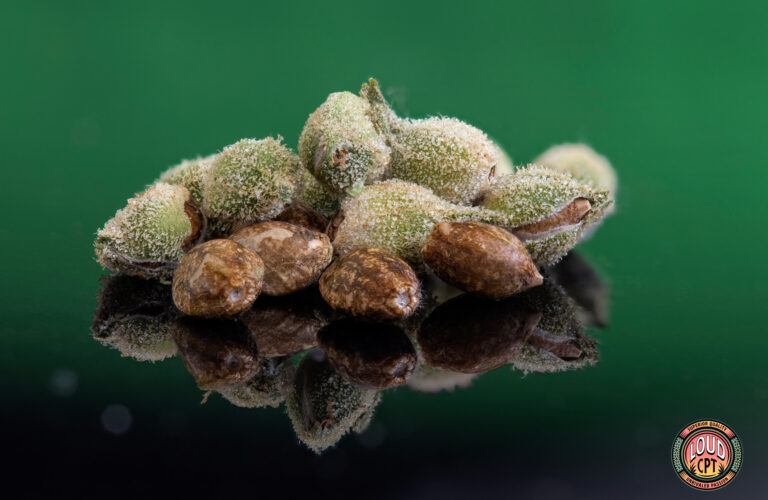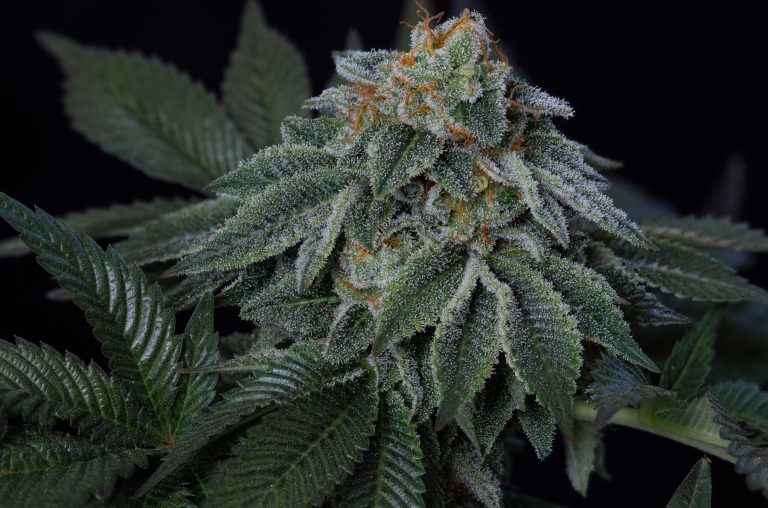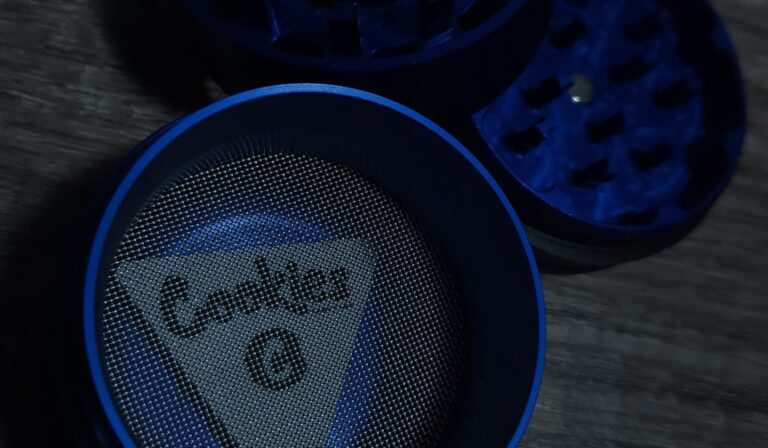The Reality of Strain Reviews
Long before my involvement with LOUDcpt, I began my venture into the online cannabis space with strain reviews. I used to run a page called “Dope Reviews” this must have been back around 2018/2019. On this page, I’d run through an initial inspection of the bud, making sure there wasn’t any sign of mold, mildew, or anything weird. After all, I was being sent samples to review in many cases. I would then go into a deep discussion about how the flower looked, how it smelled, and how it smoked.
I often had feedback from readers letting me know the review influenced their choices, and after a year or so of doing it, I began to realize that what I was doing wasn’t very informative. I also realized that there would rarely be cases where strain reviews can offer substantial useful information to educate a buyer or grower’s choices.

How Phenotype & Genotype Variance Invalidates Strain Reviews
Everything feels so simple when you start smoking and getting interested in strains and their lineages. You buy your first gram of Wedding Cake, and you think, “Wow, I enjoyed that – I need to keep an eye out for more Wedding Cake.”
Only later in the smoking journey do you realize that not all Wedding Cake you find on the market is created equal. Not only do you need to consider the dozens of white label seeds being named Wedding Cake in order to move volume, but you also just need to consider the variability of expressions across seeds.
You can think of the genotype as the collection of genetic traits inherent in the seed. Similarly to how our own human DNA will determine whether we’re born with blue or brown eyes. Also, much like humans, plants also have phenotype expressions which are how they exhibit their genotype traits. Much like how our skin colour can change depending on the sunlight we get.
Cannabis is similar, creating a big problem regarding strain reviews. If the strain is being grown from seed, there will more than likely be a fair bit of variation between the plants. And while, yes, some breeders who heavily work a line can achieve a fairly stable genotype footprint where there is less genetic variation, these types of breeding practices are rarely done these days, and most strains never reach a homogenous IBL state.
When you read a strain review, there is almost this idea that it’s like watching a product review on Youtube. “Oh man, it’s got great flavour and it is completely frosty? I need to grow these beans”
The problem is you are more likely not to find the expressions you saw from a single pack of seeds. There can be dozens of different expressions, and while you may find that same phenotype that you saw in the review, there is also a chance of finding nothing even similar. In many cases, people will run production with the outlier expressions and not the ones that pop up in every few beans.
There Are Exceptions Though
There are still some areas where strain reviews can hold their merit. If the reviewer is aware of these differences and approaches the topic from a standpoint of reviewing that specific flower, instead of a strain – that holds a little more weight.
The other situation is where you have a clone that is going around, and you have access to getting the cut, and you want to see whether it’s worth buying or not. In this case, as long as you know that the flower is from the exact plant the cut is from, then there are a lot of merits here. Remember that while your genotype will remain the same here, you can still see phenotype variations in different environments from the same cut.
And Then There Are Our Bodies
We all have unique endocannabinoid systems that give us all unique effects when we are under the influence of cannabis. The same flower that makes you sleepy could give another person energy. A while back, we acknowledged that Sativa and Indica are not going to define the type of smoke you have, but rather it’s more influenced by the terpene profile and cannabinoids in the plant.
How often have you been passed some flower and told that it’s the most potent weed ever, but then you feel you’re barely affected by it? This isn’t just a result of lying or favouritism from a grower towards their plant, but it can be a result of two different cannabinoid systems providing the user with two very different experiences.
In addition to effects, smell and flavour are also often talked about, but also so vulnerable to the influence of external factors. Not only do we all have unique pallets, some more cultured than others, with people spending a lot of time and effort trying to understand which aromas or flavours are associated with which types of terpenes and how to pick them out in the smoking experience.
Strain names have a direct influence on the subconscious, and you could call any plant in your garden “Banana Split,” and you’ll find that in a blind taste test, if provided with the name of the strain, a lot of testers will claim to experience the same profile that the name suggests.
Take Reviews With a Strain of Salt
I don’t want to take away from anyone who is doing strain reviews and enjoying themselves in the process. Instead, this article is aimed to educate the buyers who will often go out of their way to find a strain based solely on a review from a select cut of that strain.
Consider a strain review as a small glimpse into the genotype of a plant, use that information to gauge what kind of profiles are possible, but don’t expect that exact same experience the reviewer talks about.
Instead, focus on learning which building block strains exhibit traits you enjoy and base your shopping on lineages that you understand and are passionate about.







